Jun 12, 2014

An international team, led by scientists from the Universities of Southampton and Oxford, has used a genetic technique to estimate when current genetic diversity arose in penguins and to recreate past population sizes. Looking at the 30,000 years before human activity impacted the climate, as Antarctica gradually warmed, they found that three species of penguin; Chinstrap, Adélie and southern populations of Gentoo penguins increased in numbers. In contrast, Gentoo penguins on the Falkland Islands were relatively stable, as they were not affected by large changes in ice extent.
A report of the research is published in the journal Scientific Reports.
Lead author of the paper, Gemma Clucas, from Ocean and Earth Sciences at the University of Southampton comments: "Whereas we typically think of penguins as relying on ice, this research shows that during the last ice age there was probably too much ice around Antarctica to support the large populations we see today. The penguins we studied need ice-free ground to breed on and they need to be able to access the ocean to feed. The extensive ice-sheets and sea ice around Antarctica would have made it inhospitable for them.

Dr Tom Hart of the University of Oxford's Department of Zoology, an author of the paper, continues: "We are not saying that today's warming climate is good for penguins, in fact the current decline of some penguin species suggests that the warming climate has gone too far for most penguins.
"What we have found is that over the last 30,000 years different penguin species have responded very differently to a gradually warming world, not something we might expect given the damage current rapid warming seems to be doing to penguins' prospects."

"During the last ice age Antarctica was encircled by 100 per cent more winter sea ice than today," says Dr Tom Hart. "As ice retreated, these penguins had access to more breeding sites and more open ocean to feed."
More information: A reversal of fortunes: climate change 'winners' and 'losers' in Antarctic Peninsula penguins, Scientific Reports, 2014.
source




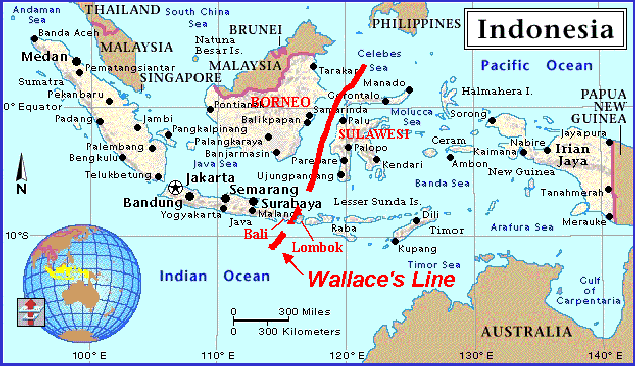


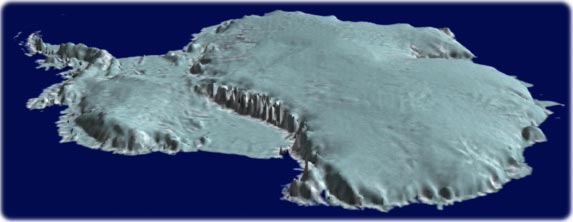
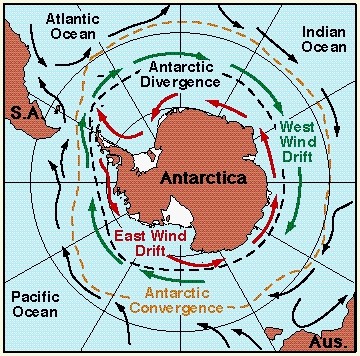





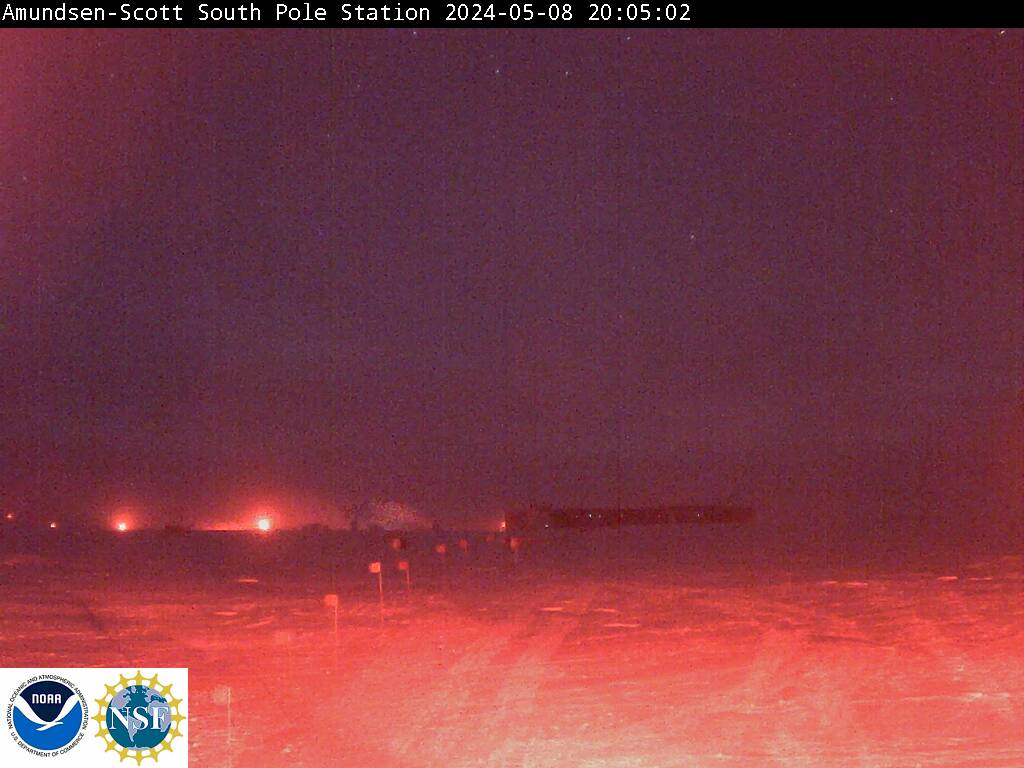
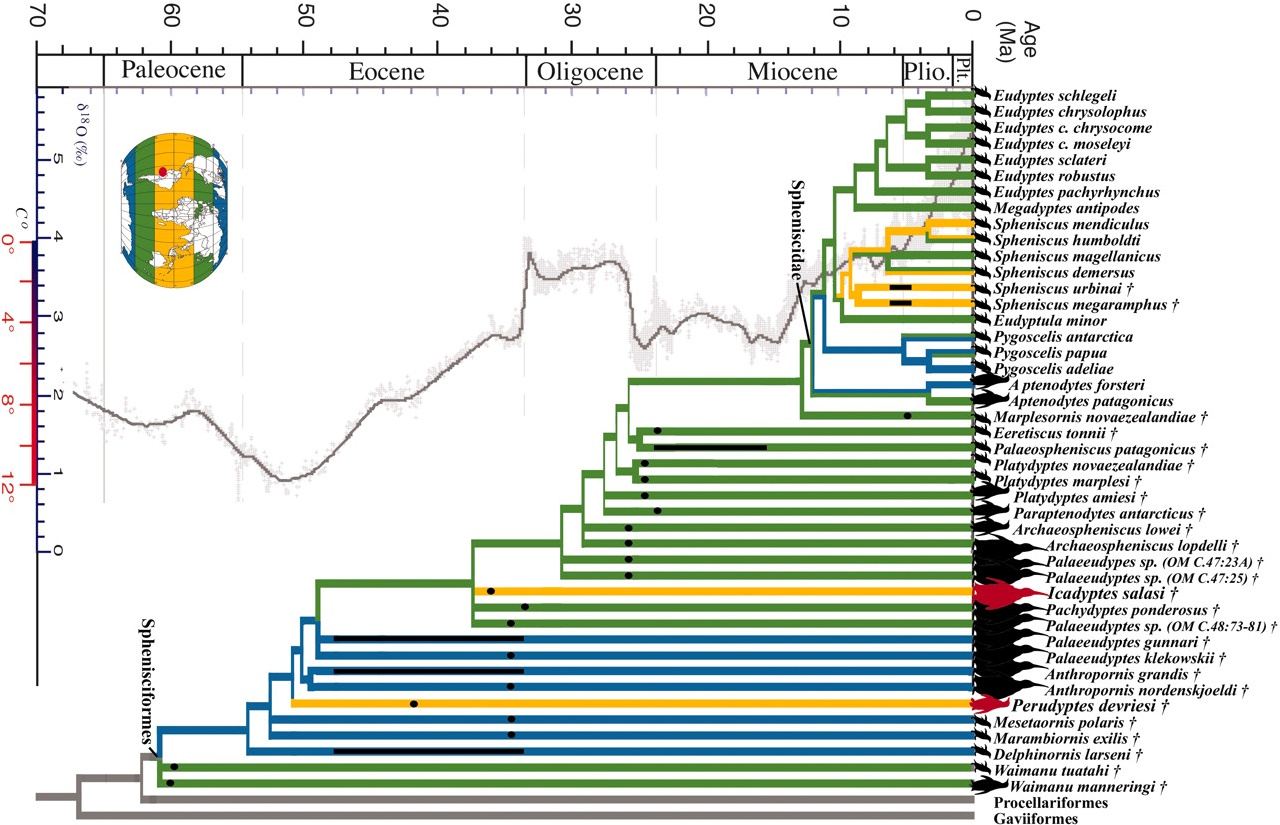

No comments:
Post a Comment